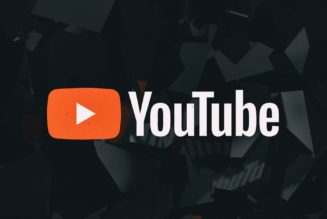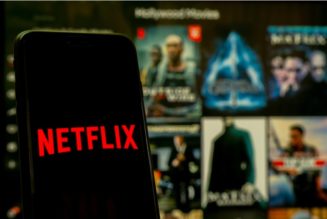
Jack Edwards doesn’t want to be praised for doing what he considers the bare minimum: making his videos accessible to his deaf and hard of hearing viewers.
Edwards began making book and lifestyle videos on YouTube five years ago, but he only started captioning all of his videos in January. “It was one of my goals this year to invest more time into making my channel more accessible for viewers,” he says. “I always think about the quote, ‘It’s a privilege to learn, rather than to experience,’ and that’s true for so many accessibility issues. I don’t rely on subtitles to enjoy YouTube content, so it’s easy to forget that others do.”
More creators like Edwards have been writing captions for their videos over the past year, providing subtitles so that more viewers can engage with their content without having to hear or understand the audio.
It’s a result deaf campaigners considered almost impossible about a year ago, when YouTube nixed community caption contributions. Most YouTube channels don’t upload captions for their videos, so it fell on subscribers to volunteer high-quality subtitles for fellow viewers to read. Yet, in September, YouTube scrapped the feature allowing for viewer-submitted captions, citing “low usage” and “abuse.” Creators had to start making captions themselves.
When the plans were first announced in April 2020, deaf YouTuber Rikki Poynter, a prolific captions campaigner, gave me a very bleak forecast. “Community contributions gave us more captioned channels and now we will risk having less of that.” Half a million people signed an online petition calling on YouTube to reverse the decision, and thousands of Twitter users got the hashtag #DontRemoveYouTubeCCs trending in September.
But over the past year, more creators have started adding captions of their own. Compared to August — the month before community captions were deprecated — total user-submitted captions in January were up by more than 20 percent, a YouTube spokesperson told me. Year on year, from January 2020 to January 2021, the increase was by more than 30 percent.
“We’re delighted that creators are finding our captioning tools helpful for their videos,” the spokesperson said over email.
Even though new tools such as a brand-new captions editor and the ability to add captions during the upload process were made available in July 2020 and May 2021, respectively, for some, the incentive to start captioning came from somewhere else: their viewers.
“I got a message on Twitter about how YouTube was planning on dropping an important [closed captions] feature a few months ago and that it could mean that there wouldn’t be any for my hard of hearing viewers,” said Kennie J.D., who creates videos on makeup and films for an audience of almost 570,000 people. “I found that horrible, so I’ve been paying for a service called Rev.com that makes captions for my videos after they go up.”
Poynter suggests that more awareness about the importance of captions is behind the 20 percent increase — that, and the idea that creators have “got no other choice now,” since they can’t rely on viewers to fill the gap. Whatever the reason, she isn’t the only one who benefits from the rise in subtitles. “[It’s] also people with ADHD, auditory processing disorder, or [those] learning whatever the spoken language the video is in. So many groups of people are missing out,” she says. “If hearing people and the like can enjoy content, why can’t we too?”
Poor-quality captions don’t help things, either. YouTube does provide automatic captions through speech recognition, but many deaf users consider them inaccurate and unreliable.
So it falls to deaf activists and YouTubers like Poynter to call on others to write their own captions. “I used to send out personal emails to many YouTubers a year asking them to caption their content,” she says. “During VidCon and Playlist Live seasons for a few years, I even personally hand wrote letters and mailed it out to them.”
YouTube added the ability to add captions in the “upload flow” earlier this month. In the past, the social media site failed to promote its captioning features well.
Poynter notes that the reported increase in manual captions is great, but they still need further promotion. For now, it seems, the community is doing YouTube’s work.
“[Captioning is] something I hope all creators who make content full-time will start to do,” Edwards says. “While it’s really lovely to receive a little ‘thank you’ message as a token of someone’s appreciation, it’s also important to recognize the even more important work being done by deaf or hard of hearing creators on the platform.”
Commenting on YouTube’s recent promotion of captions in a tweet on Twitter, Poynter says: “They’re going to need to be more consistent about it. I do like that the uploading process now has a more accessible [way of adding captions]. When people actually see it, they’re a little more likely to want to use it.”










